Colored Trees Purple Fake Pic Drawing
Color Your World, Boldly
Most of us understand the basics of the color wheel: from primary and secondary colors to how certain color combinations work together. However, how you interpret the color wheel can be so much more than simply knowing how to mix and mingle red, yellow, blue, orange, purple and green. Knowing the various color schemes helps boost our color knowledge. And, this is essential for creatives, such as artists and designers. Below, artist Patti Mollica breaks down some of the most common color schemes. She also quickly demonstrates how different color schemes impact the same composition, excerpted from her book, How to Paint Fast Loose and Bold. Enjoy!

Harmonic Color Schemes
Although it is enjoyable to experiment with color schemes by choosing colors randomly based on our individual preferences, there are a number of color combinations, known as harmonic color schemes, that are considered especially pleasing. Harmonic color schemes consist of two or more colors on the color wheel that have a specific relationship based on their position and distance from one another. Before we discuss the basics, it helps if you are familiar with some of the most commonly used color terms:
- Tint: A color that has been lightened by adding white.
- Hue: The color of paint as it appears out of the tube, unmixed.
- Tone: A color that has been lightened or darkened by adding gray.
- Shade: A color that has been darkened by adding black.
When you are working with color schemes, you should consider using each color's extended range. This includes its shades, tints and tones. It will offer the eye some restful colors that have been lightened, darkened or neutralized. These variations also allow the more powerful saturated colors to be used more sparingly for emphasis when needed.
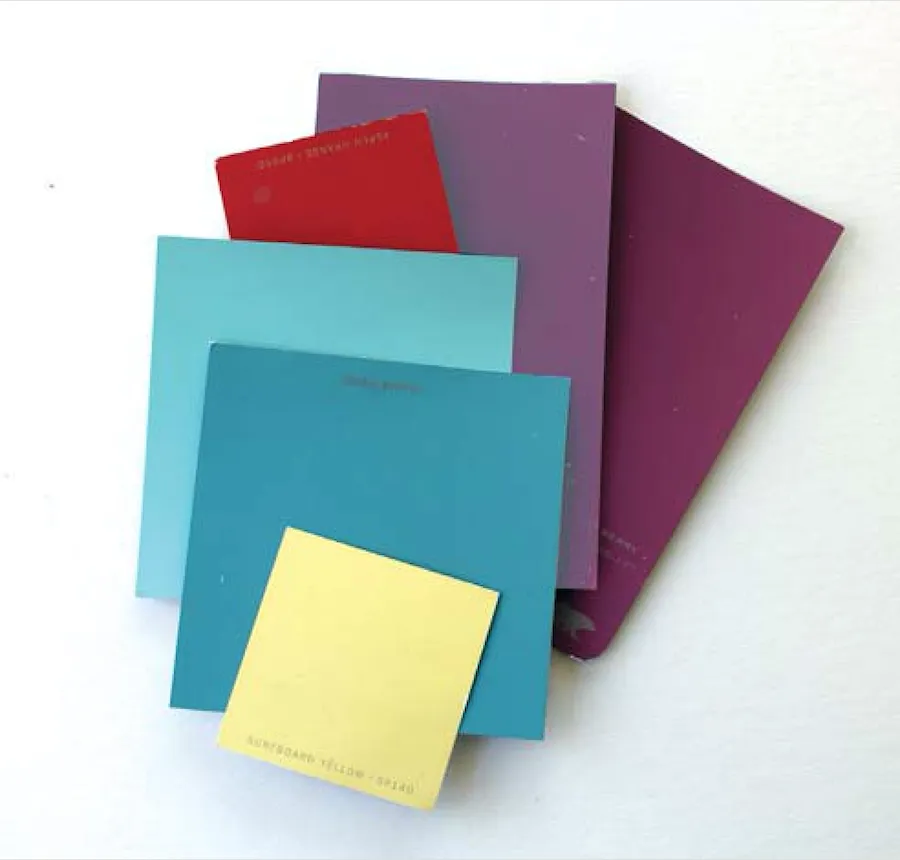
If you want to work with colors of your choice but are not sure how to start, it can be helpful to do some quick color sketches. If you need color inspiration, go to the hardware store and pick up some color chips or swatches in the hues you want to work with. It is useful to see the colors together. And, you can easily modify your palette by adding and removing colors to suit your taste. Once you have made your color palette decisions, mix and blend those colors to create new hues, including beautiful unified grays and other related variations. Now let's move on to the various color schemes.
Common Color Combinations
Below are several of the most commonly used color schemes with examples of paintings created with those same color schemes. Analogous color scheme uses three or more colors that sit next to one another on the color wheel.
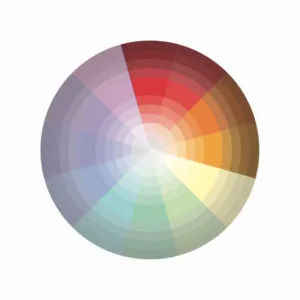
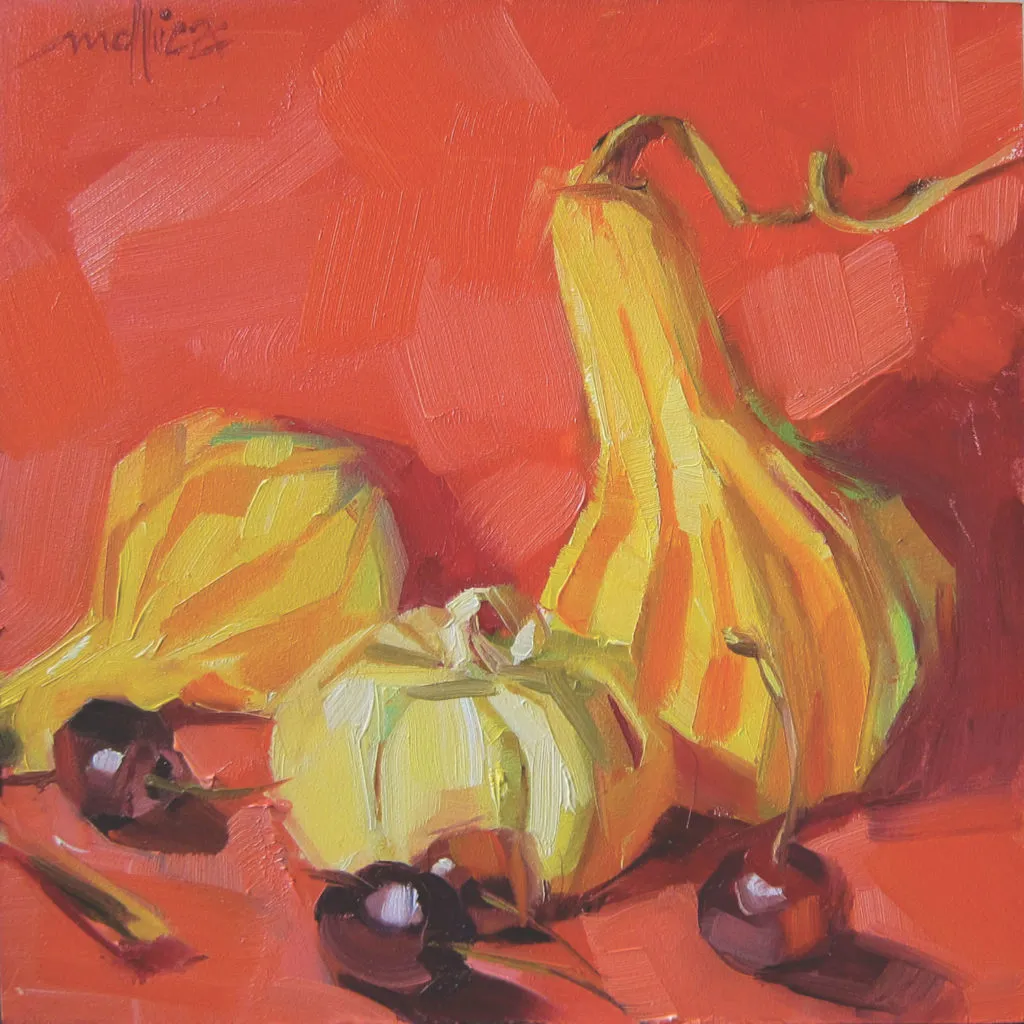
Monochromatic color scheme uses tints, tones and shades within the same hue or color family
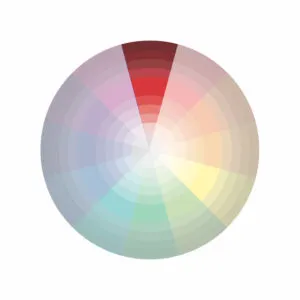
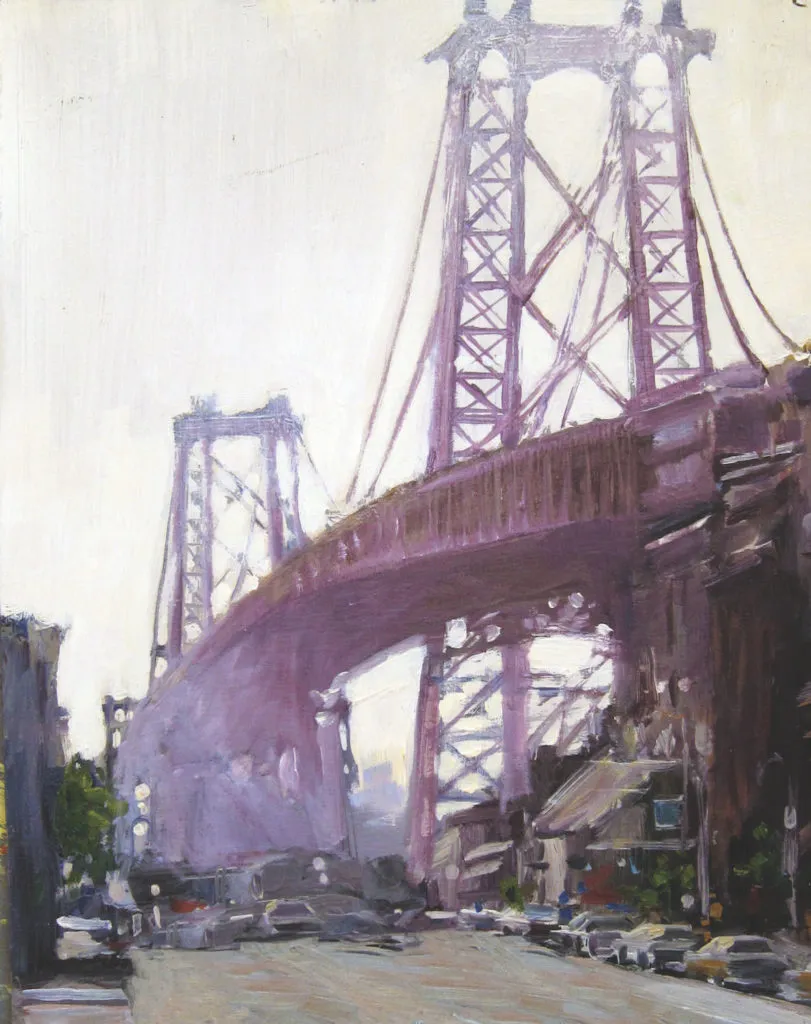
Triadic color scheme uses three colors that are evenly spaced around the color wheel.
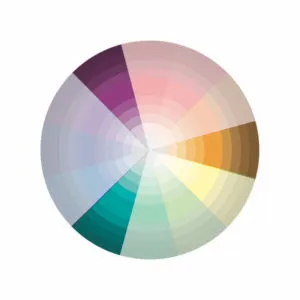
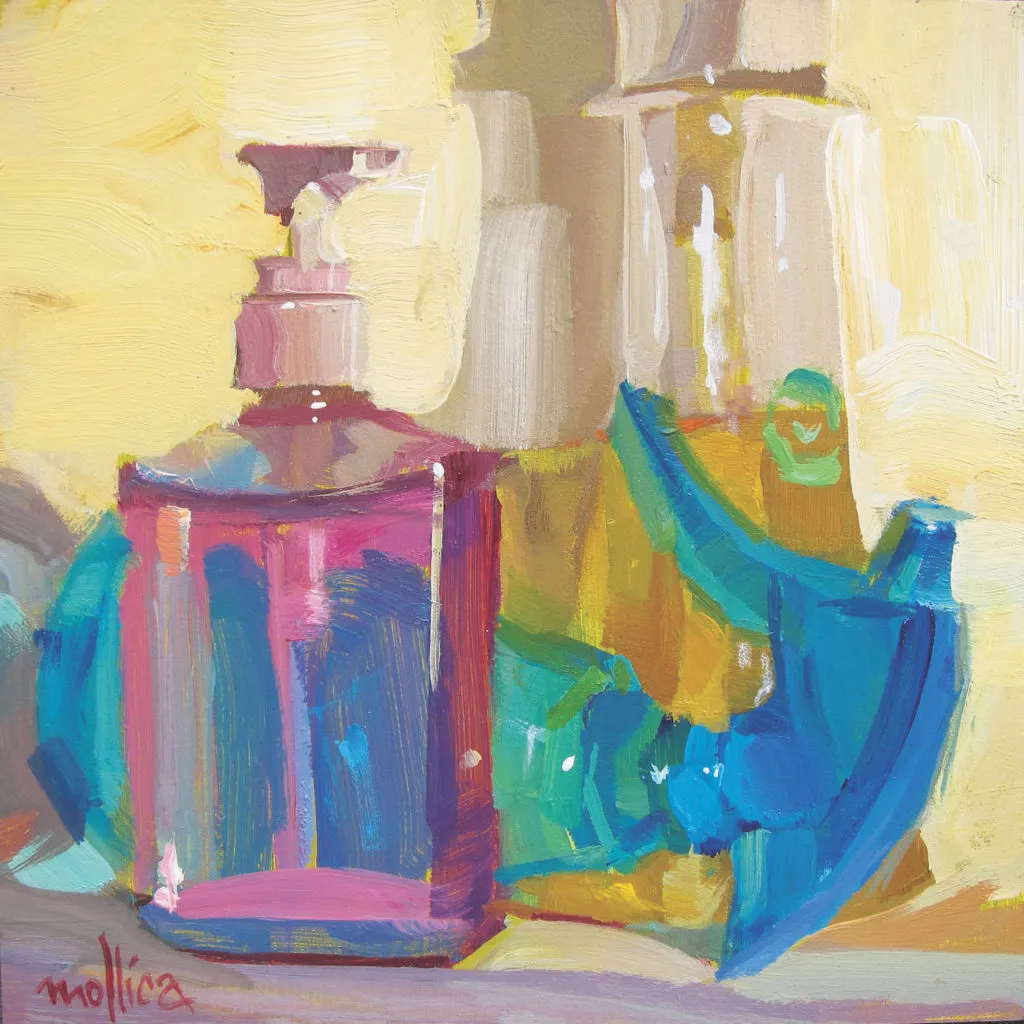
Complementary color scheme uses colors opposite of each other on the color wheel.
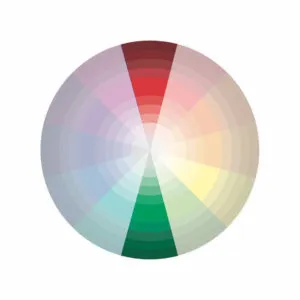
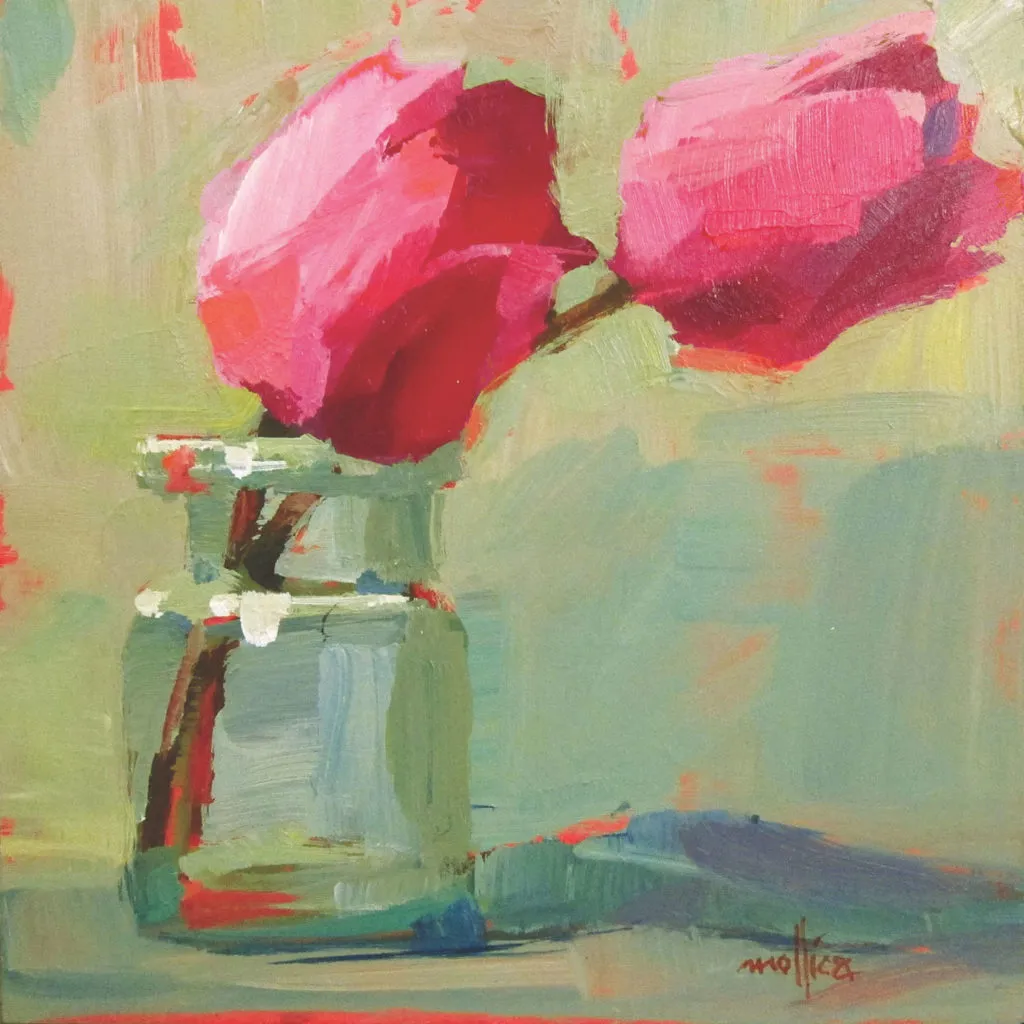
Square color scheme uses four colors evenly spaced around the color wheel.
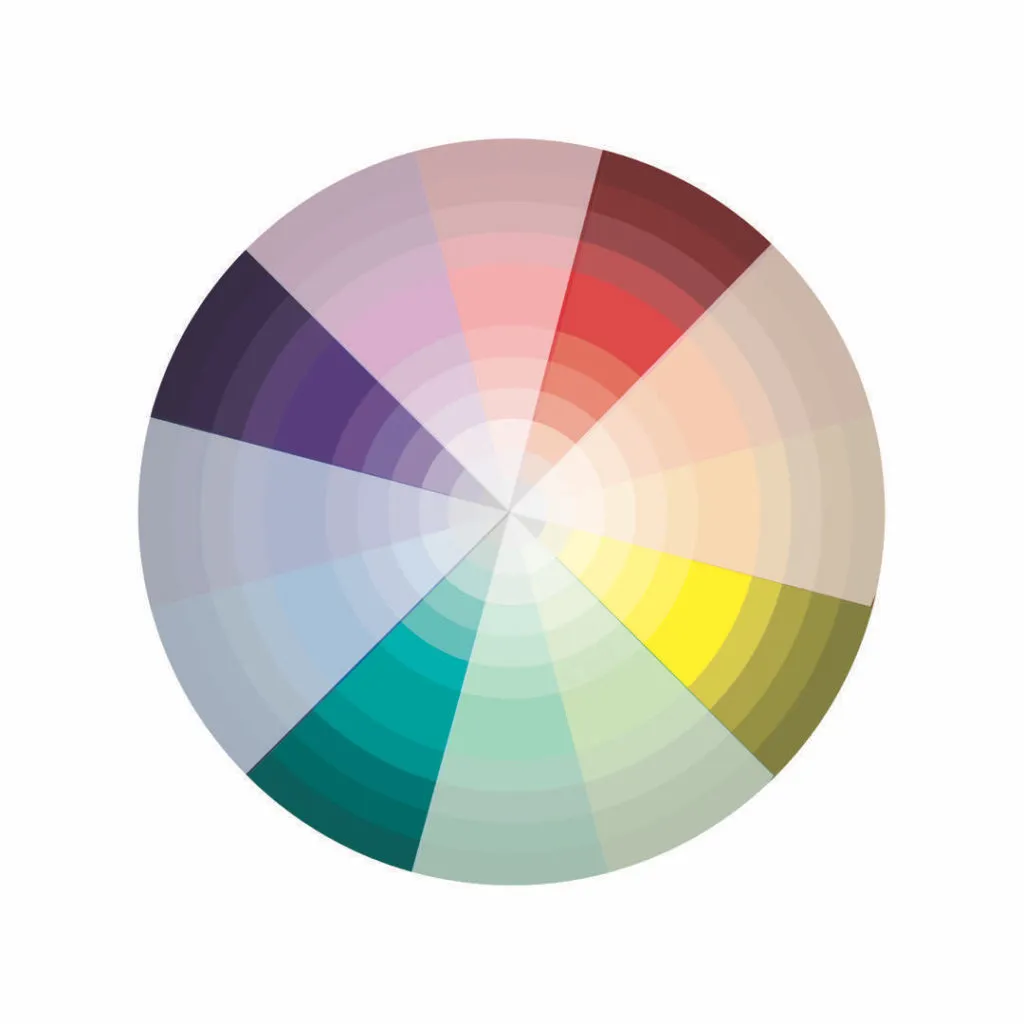
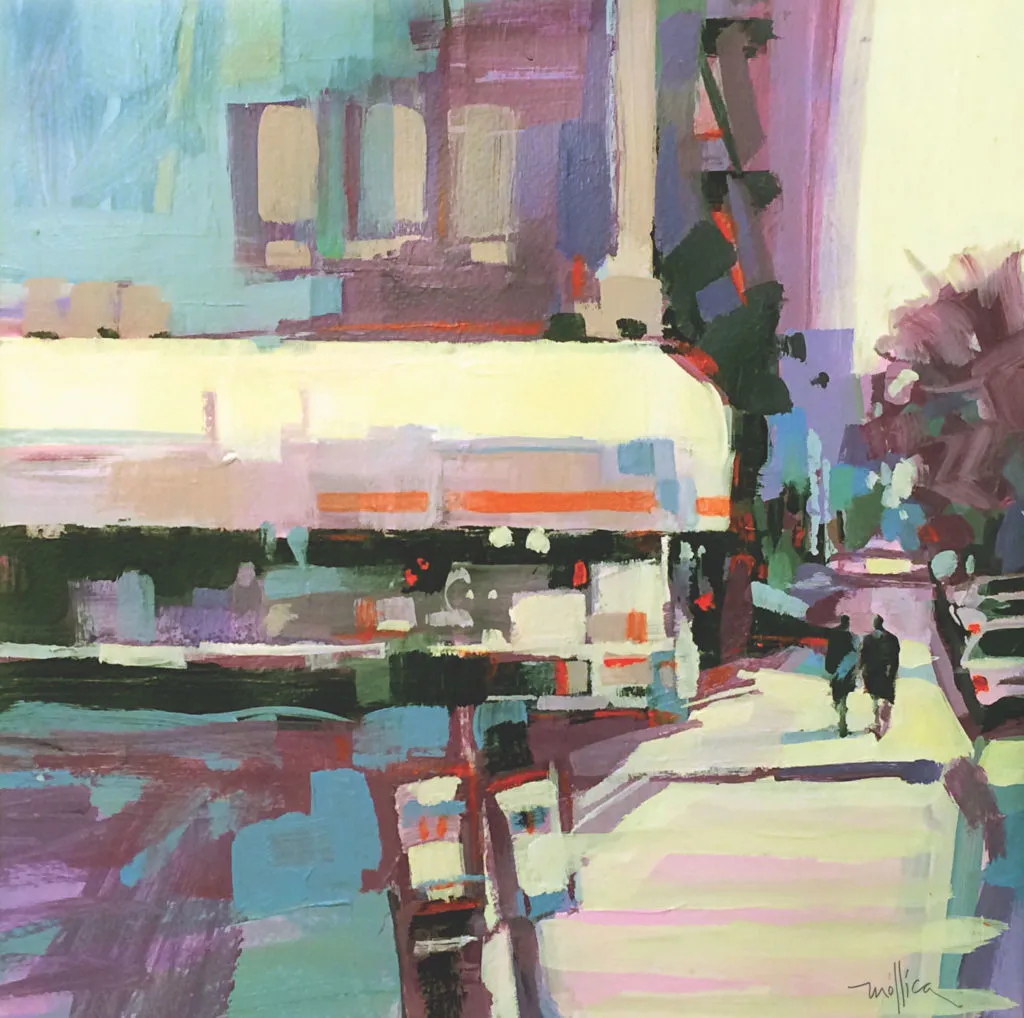
Tetrad (or rectangular) color scheme uses four colors made from two complementary colors.
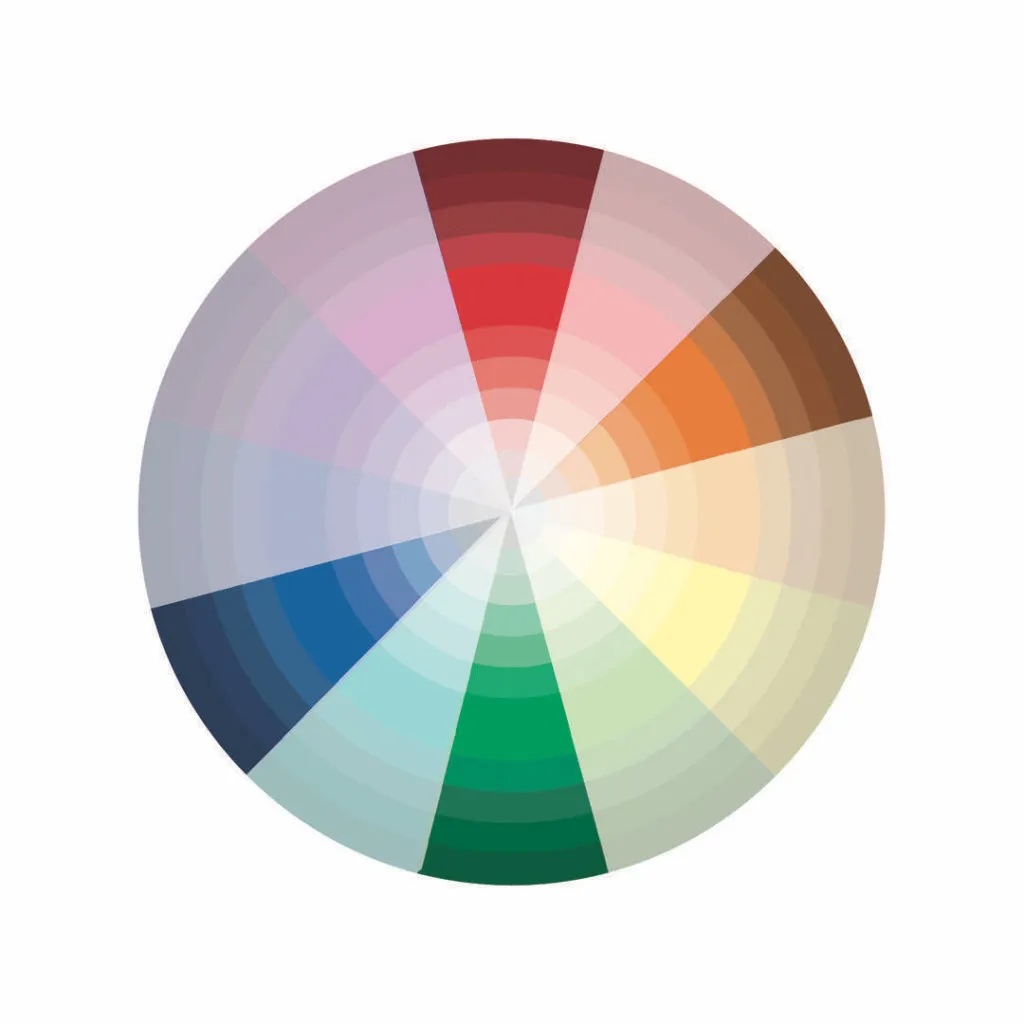
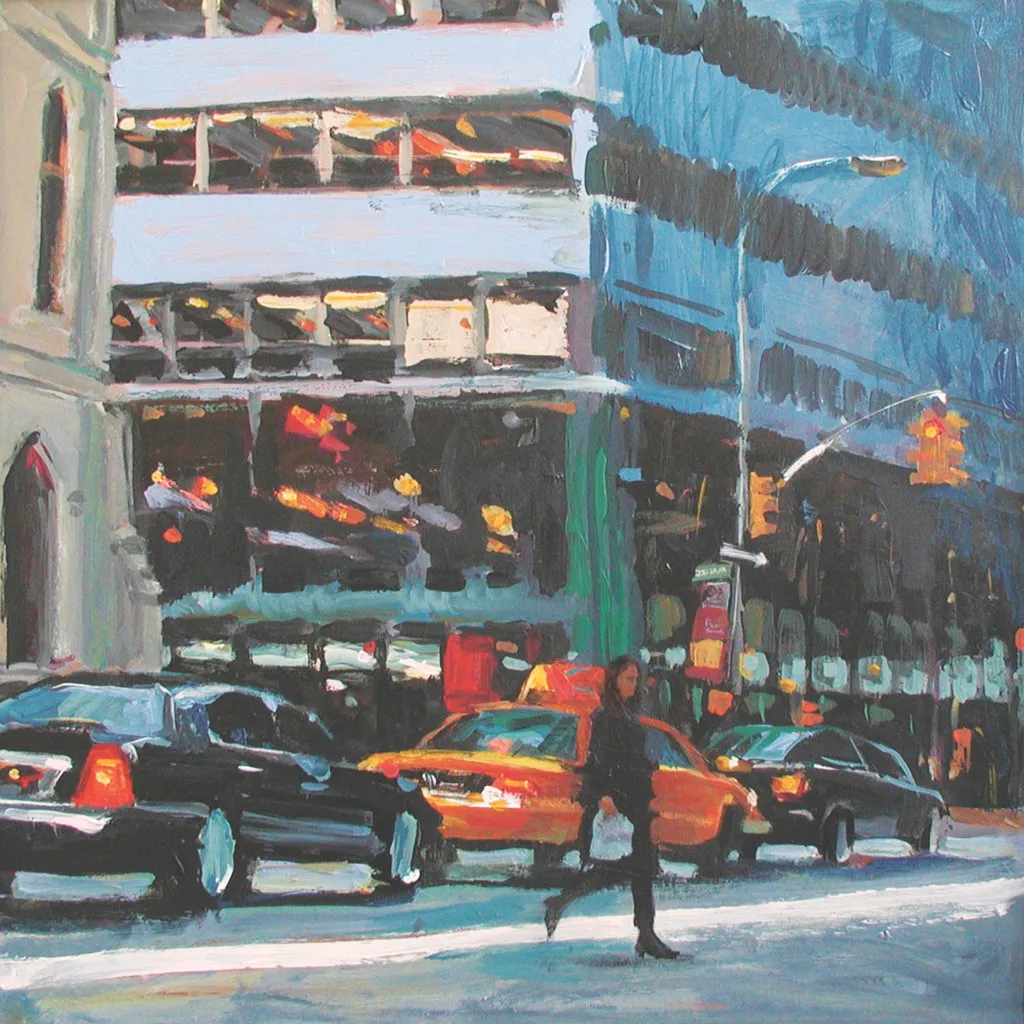
Split complementary color scheme uses one root color plus the two colors that are on either side of the root color's complement.

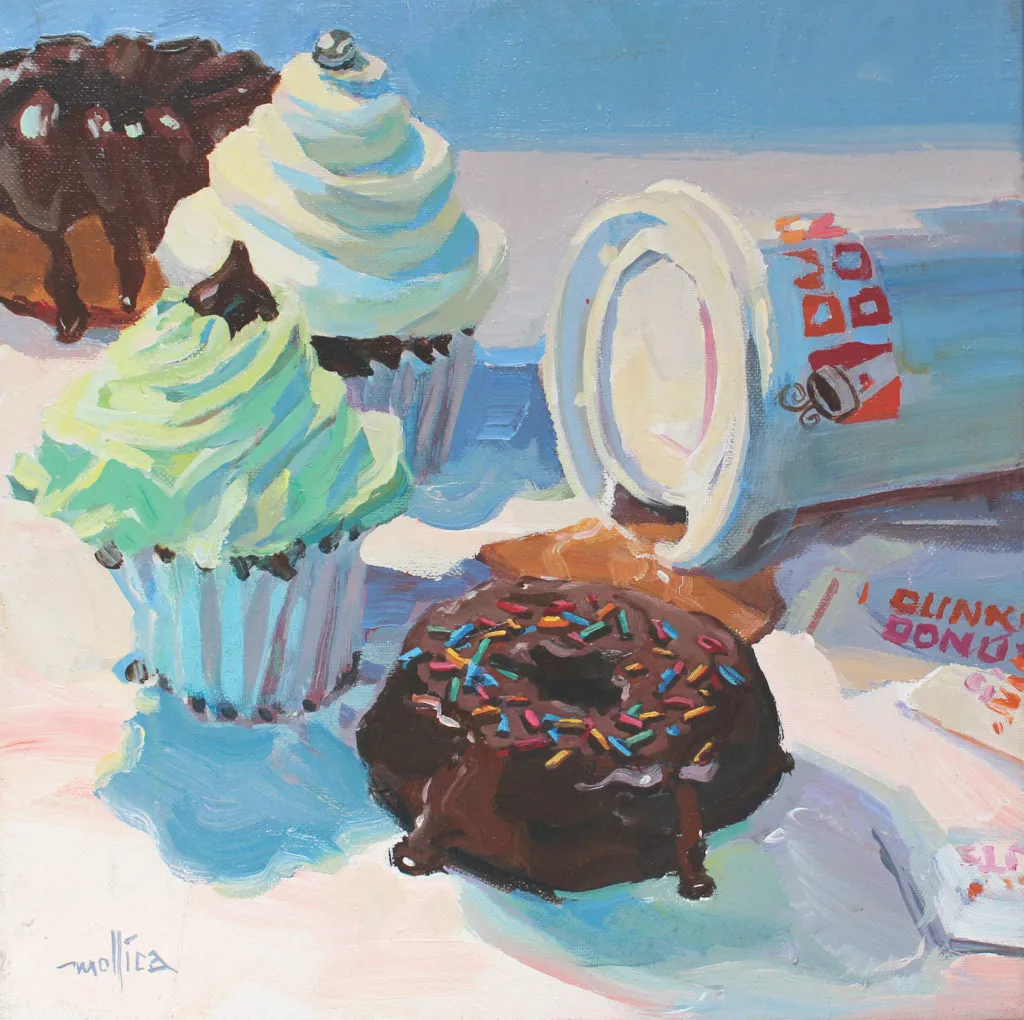
Analogous complementary color schemeuses three analogous colors, plus the complement of the middle analogous color.
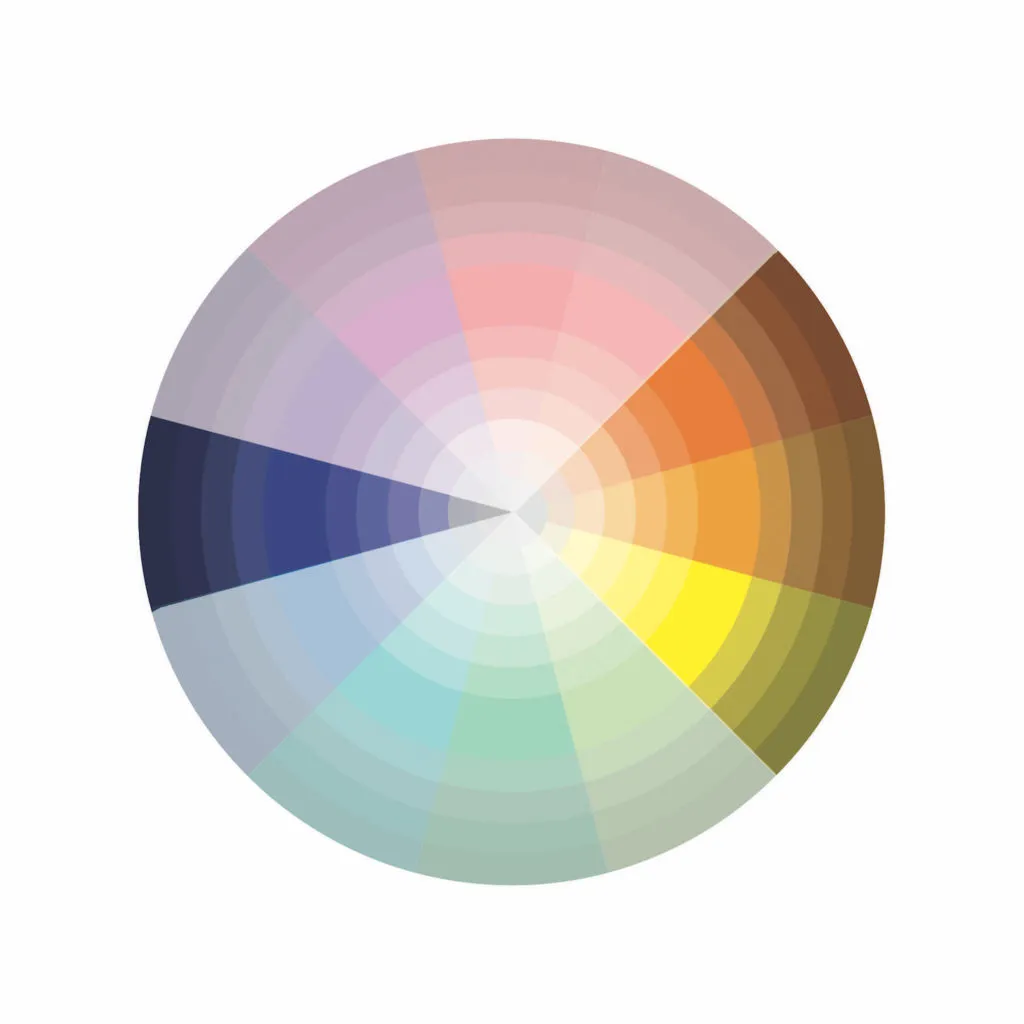

Developing a Color Scheme
Let's explore the way a color scheme is created.
1. Start with a Photo Reference

Use a reference photo as a springboard to work on the overall design of the image for a more dynamic composition. The most important aspect of a good painting is a good underlying design. If you bypass this step, you will end up simply copying exactly what you see in front of you. And rarely does nature offer the best possible composition for a successful painting. You will often have to move mountains, trees and anything else that weakens rather than strengthens your composition.
2. Create a Three-Value Sketch
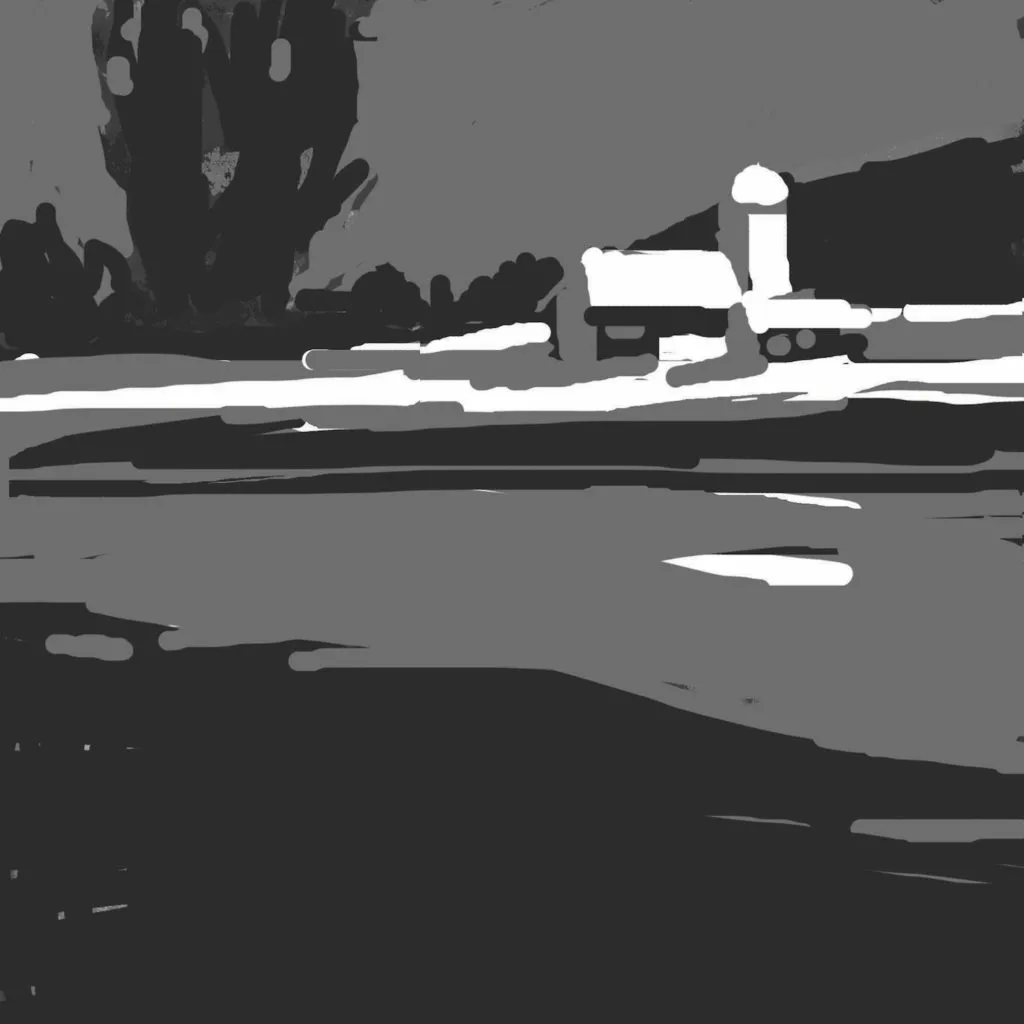
From the photo, create a three-value sketch. Try out some modifications you feel might enhance the composition. In this case, I wanted the barn to be more prominent. So, I enlarged it and added a silo. I changed the angle of the hill from a horizontal to a diagonal. This way, the viewer's eye is led right to the barn, which is the focal point.
I brought the height of the hill down because I felt the tree on the left would add an interesting silhouette shape against the sky. The strip of greenery in the foreground felt distracting because it split the foreground into two even areas. So I turned it into a diagonal dark patch to add a more interesting angle to an otherwise very horizontal design.
3. Choose a Color Scheme with Dominant and Subordinate Colors
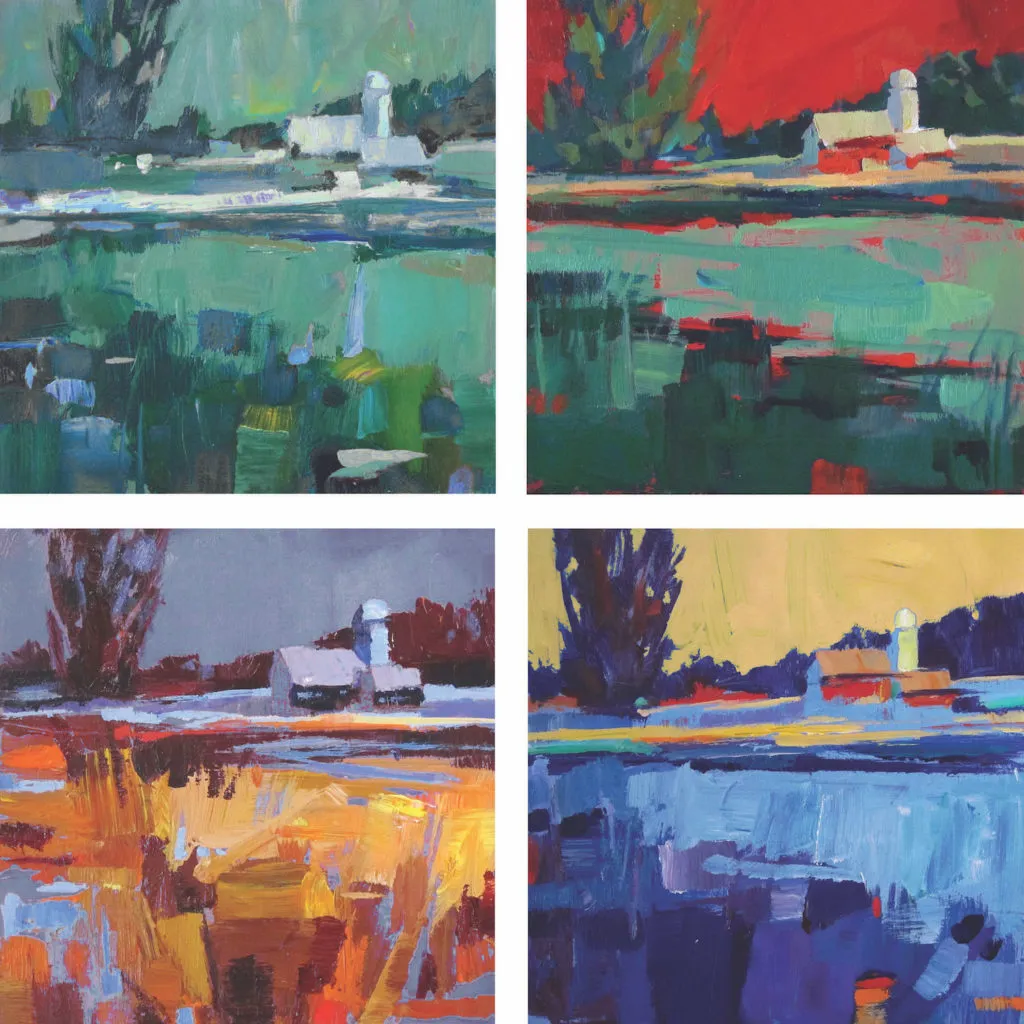
Once you are satisfied with the value sketch, choose a few color schemes to experiment with. Clockwise from the left are the color schemes I used:
- Analogous: Greens and blues
- Complementary: Reds and greens
- Triad: Primary colors — red, yellow and blue
- Analogous Complementary: Blues and violets, yellows and oranges
When working with color schemes, whether based on personal preference or any of the traditional schemes from the color wheel relationships, it is best to choose one color to be dominant and use the rest of the colors as subordinate. In other words, colors are more interesting when they are used in unequal amounts. For example, if you are using a complementary color scheme of red and green, it's best to make either red or green the dominant color, rather than using both colors in equal amounts. This gives the painting an overall mood and feeling. A painting that is 50% red and 50% green will not convey an overall mood as effectively as a painting where one color dominates.
Want Bolder Paintings?
Enjoy this lesson on color schemes? Check out the rest of the techniques and tutorials in Mollica's video workshops Acrylic Painting Color Techniques, Fast, Loose and Bold and Acrylic Painting Brushwork Techniques, Fast, Loose and Bold . Mollica demonstrates how to create a powerful composition, whatever the subject may be. With tons of start-to-finish demonstrations, exercises and tips, you'll discover how to paint fearlessly. Videos may be purchased individually, or accessed free with membership.
Source: https://www.artistsnetwork.com/art-techniques/color-mixing/choose-color-schemes/
0 Response to "Colored Trees Purple Fake Pic Drawing"
Post a Comment